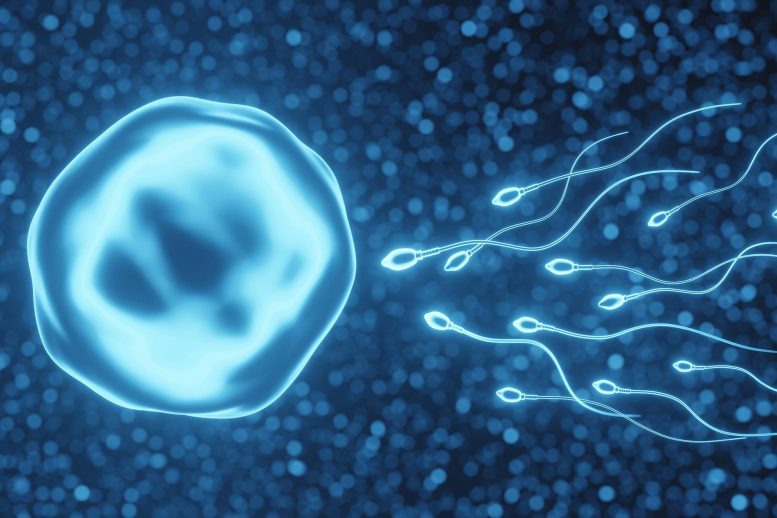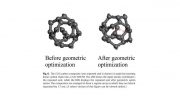
A new study reveals that the energy invested in animal reproduction, considering the metabolic load of bearing and caring for offspring, is up to 10 times higher than previously estimated. This challenges existing biological models and theories. Samuel Ginther and colleagues developed a framework to quantify these costs across various animal taxa, showing that indirect costs often overshadow direct ones, especially in mammals and humans. The findings also indicate that temperature-sensitive reproductive costs in ectotherms could be affected by climate change, potentially impacting population dynamics.
A study shows that the energy costs of animal reproduction are significantly higher than once thought, mainly due to indirect costs like gestation. This discovery challenges traditional biological models and suggests climate change could further affect reproductive strategies in temperature-sensitive species.
A recent study reveals that the energy expended in animal reproduction could be up to 10 times higher than earlier estimates, especially when considering the metabolic costs associated with bearing and nurturing offspring. The findings fundamentally challenge longstanding theories and biological models of animal growth and life histories. The act of reproduction is one of the largest energy investments an animal can make.
This investment includes direct cost, the energy directly invested in the offspring themselves, and indirect costs, the energy expended to create, carry, and care for offspring before they are born. While the direct costs of reproduction are well understood, the indirect costs – the metabolic load of reproduction – have not been previously quantified.
Despite this incomplete understanding, different biological theories make conflicting assumptions about the metabolic load of reproduction. For example, most models assume that it is relatively small compared to the direct costs, while others do not distinguish between metabolic loads and the total reproductive energy investments. When applied, these various assumptions yield different conclusions about the fundamental drivers of animal life histories.
New Quantitative Framework and Findings
Samuel Ginther and colleagues developed a quantitative framework for estimating the total energy costs of reproduction across animal taxa by combining data on the energy content of animal offspring and the metabolic load of bearing them. The approach allowed the authors to tease apart the contributors to the overall reproductive energy investment.
Through evaluation of 81 species – ranging from microscopic rotifers to humans – Ginther et al. found that direct costs often represent the smaller fraction of energy expended on reproduction. For example, in mammals, only around 10% of the energy expended on reproduction is represented in the offspring themselves, with the other 90% invested on the metabolically intensive processes of gestation.
Humans have some of the highest indirect costs at around 96%. Ginther et al.’s analysis also shows that the evolution of live-bearing in ectotherms came with massive increases in metabolic loads, showing that live-bearing ectothermic species pay higher indirect costs than their egg-laying counterparts. What’s more, the authors discovered that indirect costs of reproduction in ectotherms are extremely sensitive to temperature, suggesting that future warming could result in changes in reproductive costs with worrisome implications for population replacement under climate change.
Reference: “Metabolic loads and the costs of metazoan reproduction” by Samuel C. Ginther, Hayley Cameron, Craig R. White and Dustin J. Marshall, 16 May 2024, Science.
DOI: 10.1126/science.adk6772









Be the first to comment on "Longstanding Theories Challenged – Energy Cost of Animal Reproduction Much Higher Than Previously Thought"